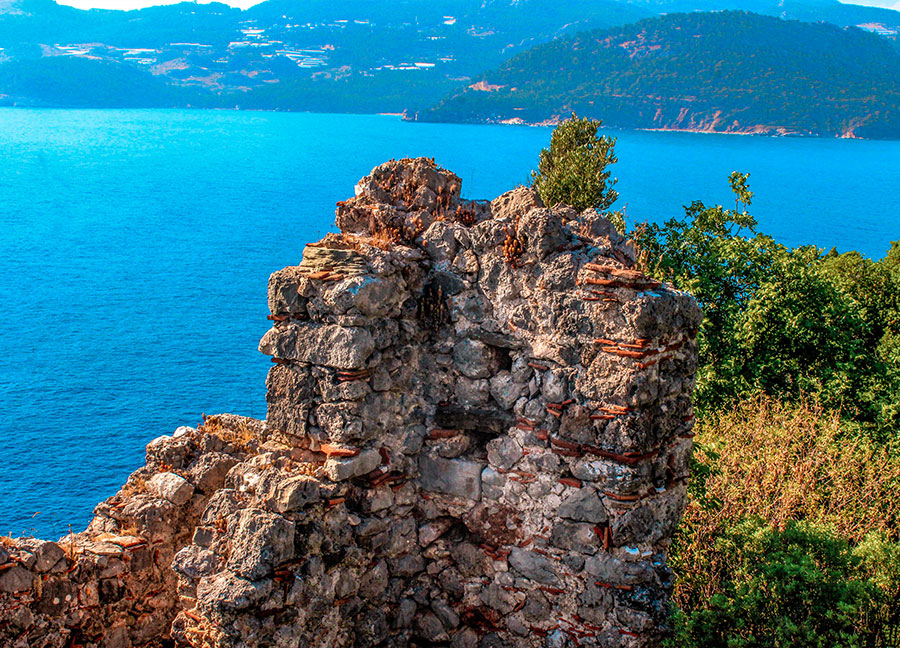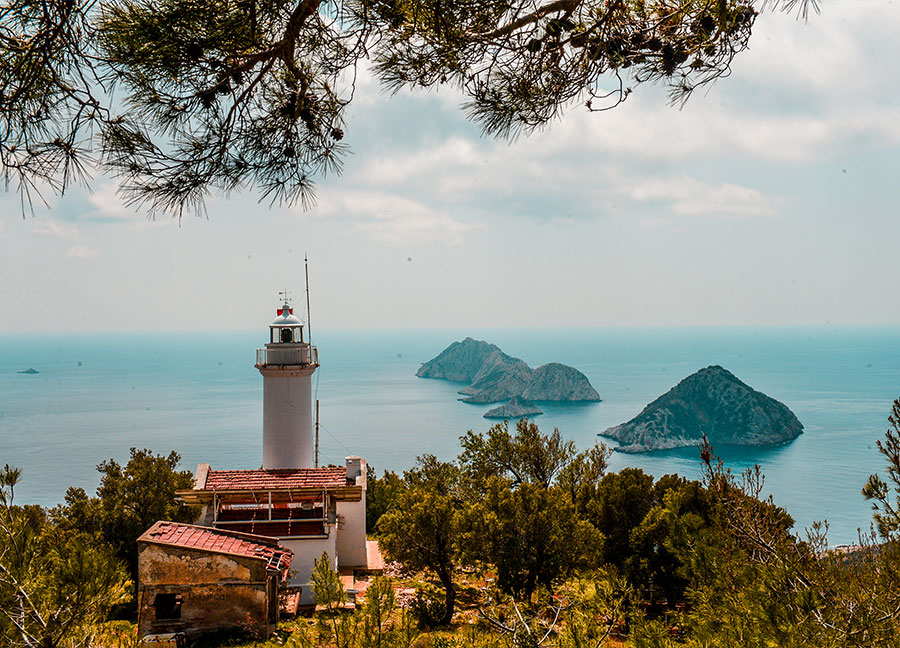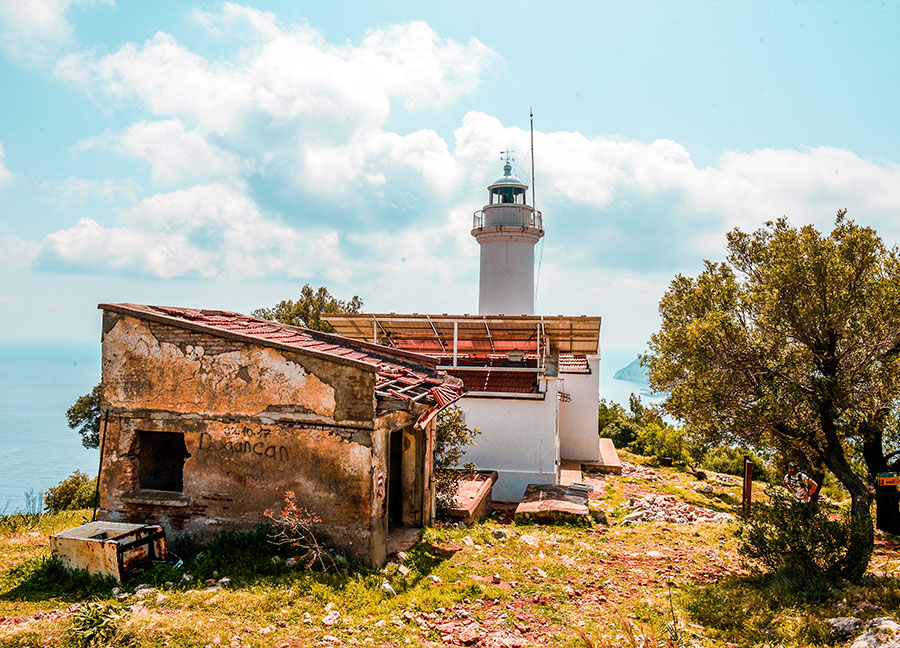Melanippe Ancient City is in Mavikent Town of Kumluca district of Antalya. It is on the peninsula 3 km from Karaöz Bay.
The importance of the city was a small coastal settlement area under the dominance of Gagai since the Hellenistic Period, stemming from the fact that it was a sheltered port serving other settlements around it.
According to the historian Hekaitos, the city was founded as a Greek colony in the Archaic Period. The Greek name of the city is derived from the words Melas (black) and Hippos (horse). In the Middle Ages, the name of the city was called 'Saint Tephanos' and sometimes 'Karaozi'. The name Karaöz used today also comes from here.
The city witnessed the Hellenistic, Roman and Byzantine Periods, and is surrounded by walls on three sides. You can reach the city by following a path that goes up the hill on the south side of the harbor. There are 5 vaulted chamber tombs on this path. The entire rocky hill is surrounded by Byzantine period walls. Most of the walls are estimated to have been built in the 5th century and are in good condition. The entrance gate is next to the rectangular tower outside the south walls. In the ancient city of Melanippe, mostly surviving buildings are located in the north. The houses lined up on the narrow streets are generally two-storied and their lower floors are decorated with vaulted cisterns.
At the top of the city's hill, there is a basilica. The workshop units carved into the bedrock is in the middle of the residential area to the south of the basilica. It reveals olive oil was once produced here. Although there is no clear information about the building remains around the port, they are thought to have functions related to the port. There is also a church by the harbor. On the outer walls to the west of the church, drawings of ships and boats were found. From these drawings, it is estimated that the sailors who reached the port left messages to the god and wished them well so that their next voyage would be good and safe. It is thought that the ostothek and sarcophagi found in the bay were left by a shipwreck.








